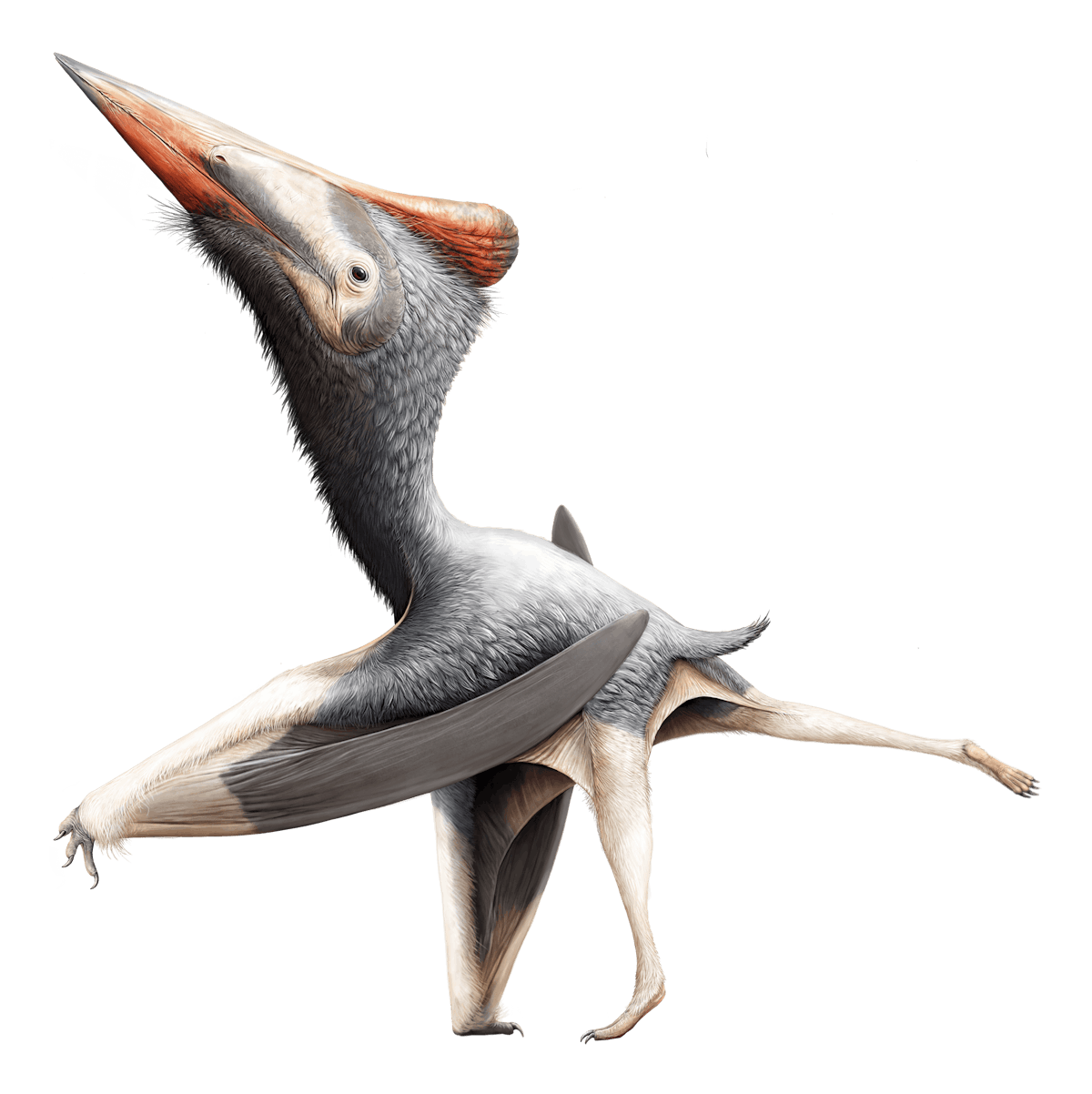Radiodactylus
Family

Azhdarchidae


Family

Azhdarchidae

The left humerus of a small azhdarchid pterosaur was discovered during the construction of a spillway at the Comanche Peak Nuclear Power plant west of Dallas-Fort Worth in Texas. Philip Murry and colleagues described and illustrated the specimen in 1991. In 2013, Brian Andres and Timothy Myers redescribed the specimen, naming it Radiodactylus langstoni. The generic name references radioactivity, the source of energy at the power plant. The species honors Texas paleontologist Wann Langston Jr.
The humerus is almost entirely complete, missing only small portions near the shoulder, elbow, and on the deltopectoral crest. It was from a relatively small pterosaur, and measured about 20 cm (8 inches) long. The humerus has a tall rectangular deltopectoral crest close to the shoulder joint. The distal end of the humerus has a square cross-section, a unique feature among azhdarchids. Radiodactylus was relatively small, with a wingspan of only 1.5 m (5 feet).
Azhdarchids were common pterosaurs in Upper Cretaceous rocks from all over the world, with many growing to enormous sizes. All known azhdarchids have long toothless bills, long necks, and relatively short wings. They are thought to have been hunters of terrestrial prey, and may have also hunted on beaches at low tide.
When Radiodactylus was alive, about 110 million years ago, this part of Texas was under the waters of the Gulf of Mexico. Radiodactylus is one of the smallest and earliest known azhdarchids.
Geological Age
Late Cretaceous


